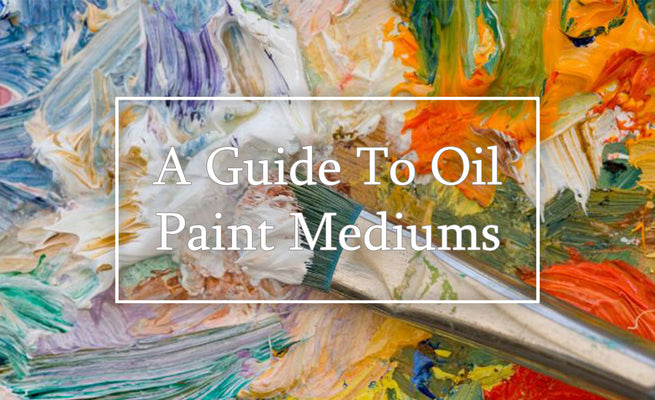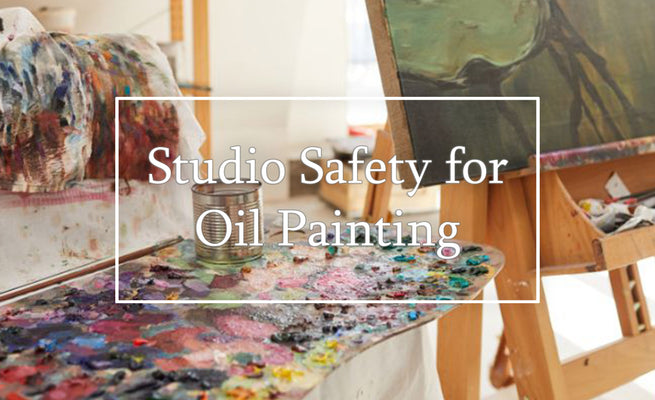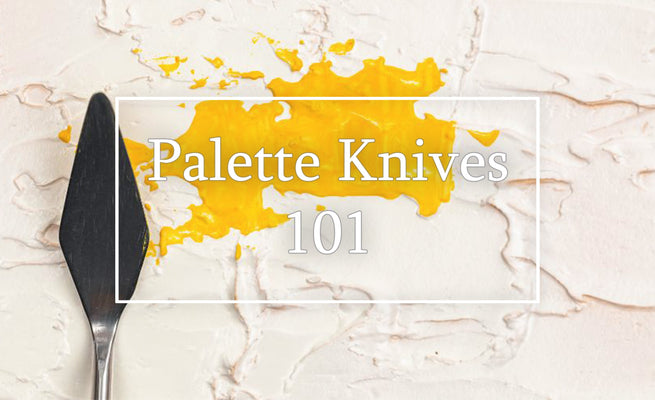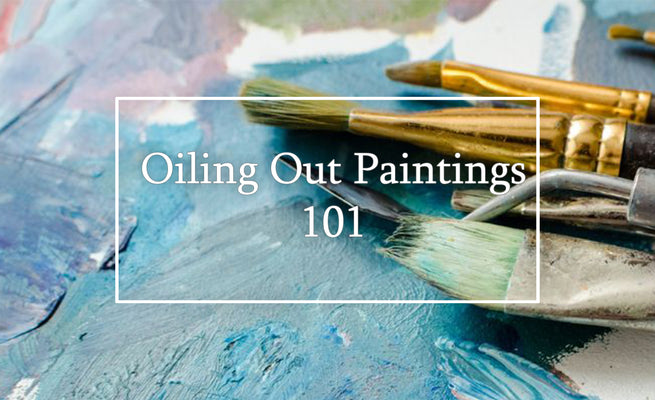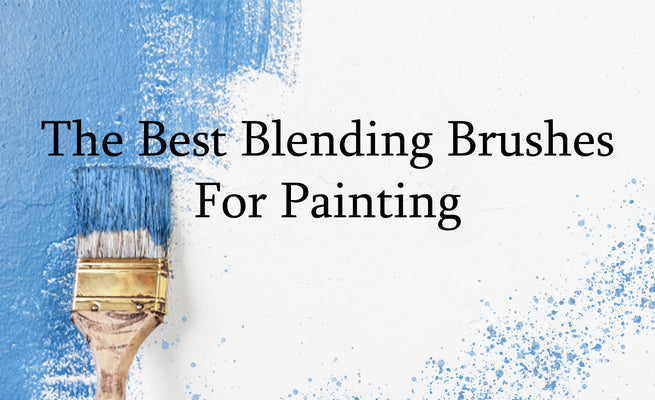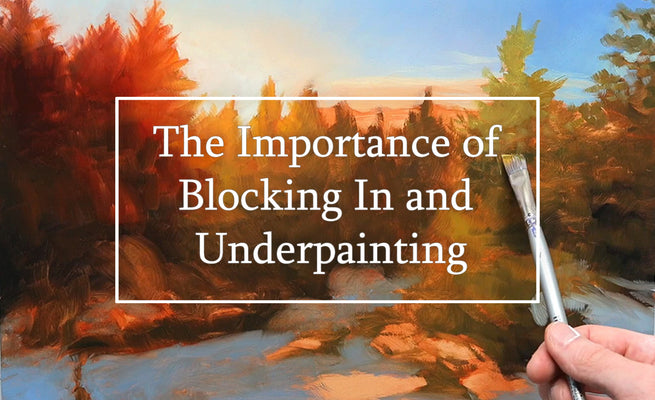
Note: This blog contains affiliate links and purchasing through them supports our site at no extra cost to you.
What is the color wheel?
The color wheel is a visual representation of the relationships between colors. It is typically divided into 12 sections, each of which contains a primary, secondary, and tertiary color.
- The primary colors are red, blue, and yellow. These colors are considered to be the building blocks of all other colors, as they cannot be created by mixing other colors together.
- The secondary colors are orange, green, and purple. These colors are created by mixing equal parts of two primary colors together. For example, orange is created by mixing red and yellow together, green is created by mixing blue and yellow together, and purple is created by mixing blue and red together.
- The tertiary colors are the colors that are created by mixing a primary color with a secondary color. For example, yellow-orange is created by mixing yellow and orange together, blue-green is created by mixing blue and green together, and so on.
The color wheel can be used to understand the relationships between colors, as well as to create color schemes for art and design.

Sometimes it's even helpful to have a physical color wheel for reference if you're just starting out. There are a few different types of color schemes that can be created using the color wheel:
-
Monochromatic: This is a color scheme that uses different shades and tints of the same color. For example, a monochromatic color scheme using blue might include light blue, dark blue, and navy blue.
-
Analogous: This is a color scheme that uses colors that are next to each other on the color wheel. For example, an analogous color scheme using blue might include blue, blue-green, and green.

-
Complementary: This is a color scheme that uses colors that are opposite each other on the color wheel. For example, a complementary color scheme using blue might include blue and orange.
-
Triadic: This is a color scheme that uses colors that are evenly spaced around the color wheel. For example, a triadic color scheme using blue might include blue, orange, and green.
So, how can I apply the color wheel to my art?
This topic is more of a subjective one, as your art should always express yourself first and foremost. However, by understanding the color wheel and how to use it, you can create balances of color and value that are visually pleasing or harmonious in your own way.
That being said, lets go through some ways that the color wheel can be applied when painting. Here are a few examples:
-
Color Schemes: As I briefly mentioned above, the color wheel can be used to create different color schemes for a painting. For example, you can use a monochromatic color scheme by choosing different shades of the same color, an analogous color scheme by using colors that are next to each other on the color wheel, or a complementary color scheme by using colors that are opposite each other on the color wheel.
-
Harmonizing Colors: The color wheel can be used to harmonize the colors in a painting by choosing colors that are in close proximity on the color wheel. For example, if you have a blue object in your painting, you could use a green background to create a harmonious relationship between the two colors.
-
Creating Contrast: The color wheel can be used to create contrast in a painting by choosing colors that are opposite each other on the color wheel. For example, using a warm color (such as red) next to a cool color (such as blue) can create a strong contrast between the two colors.
-
Adding depth: By using colors that are at the opposite side of the wheel you can create depth in the painting. This is because warm colors advance and cool colors recede when they are used next to each other.
-
Enhancing Emotion: The color wheel can be used to create specific emotions in a painting by choosing colors that are associated with certain emotions. For example, warm colors such as red and yellow are associated with excitement and warmth, while cool colors such as blue and green are associated with calmness and serenity.
Again, it's important to note that the color wheel is a tool that can be used to understand the relationships between colors, but it should not be used as a strict rule. Every painting is different and each artist should exercise and implement their own creativity, style, and vision to make the final decision.




